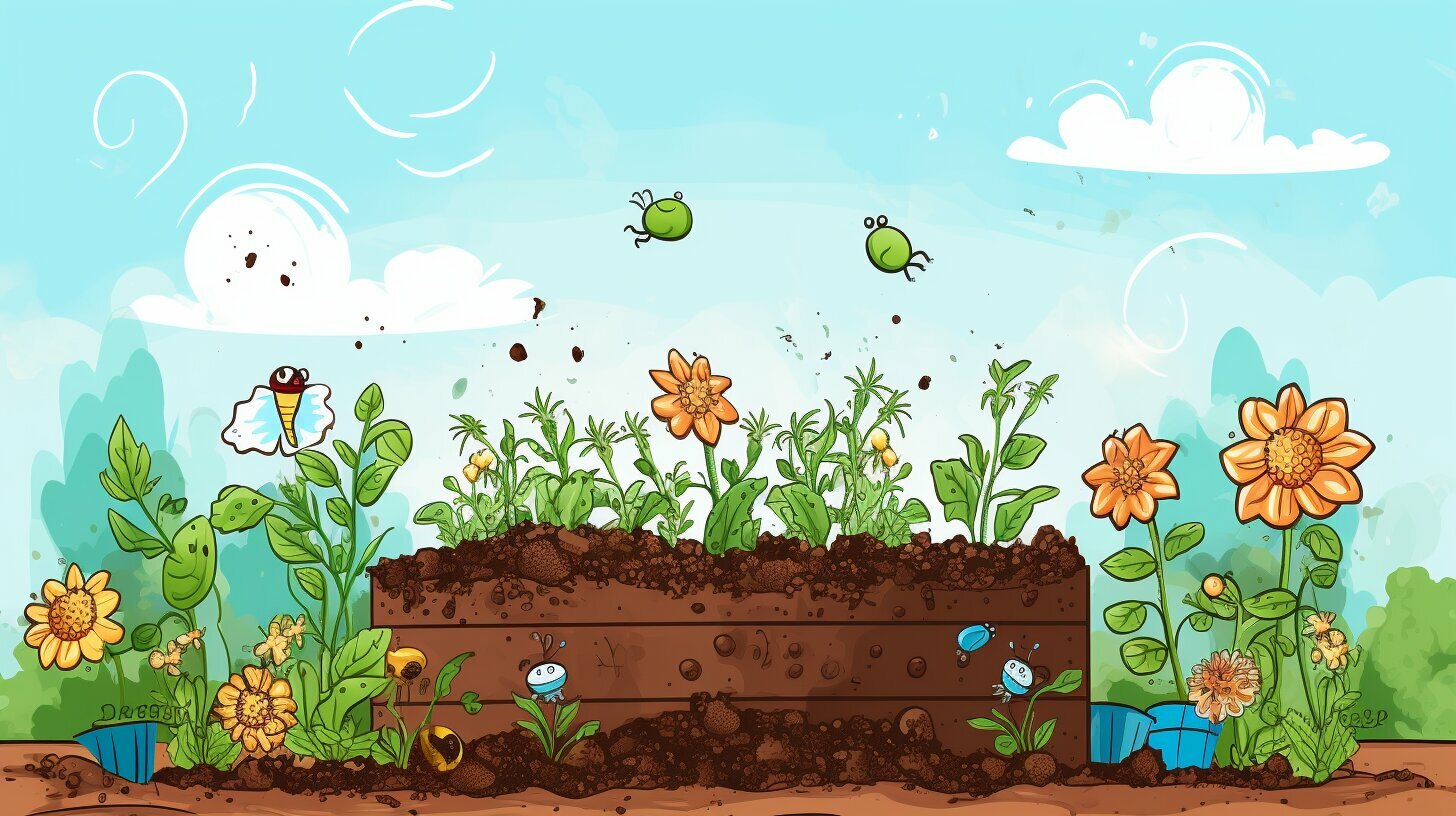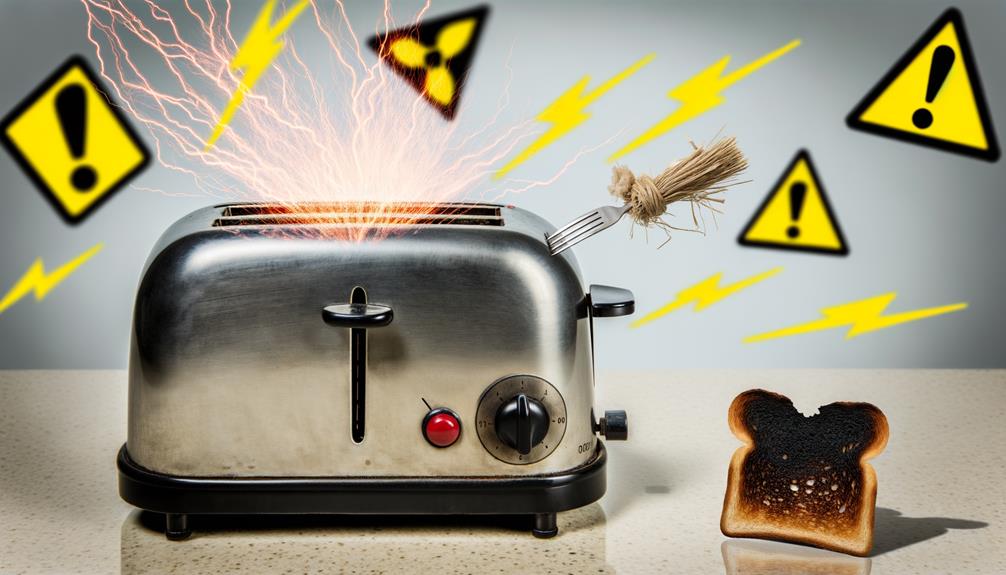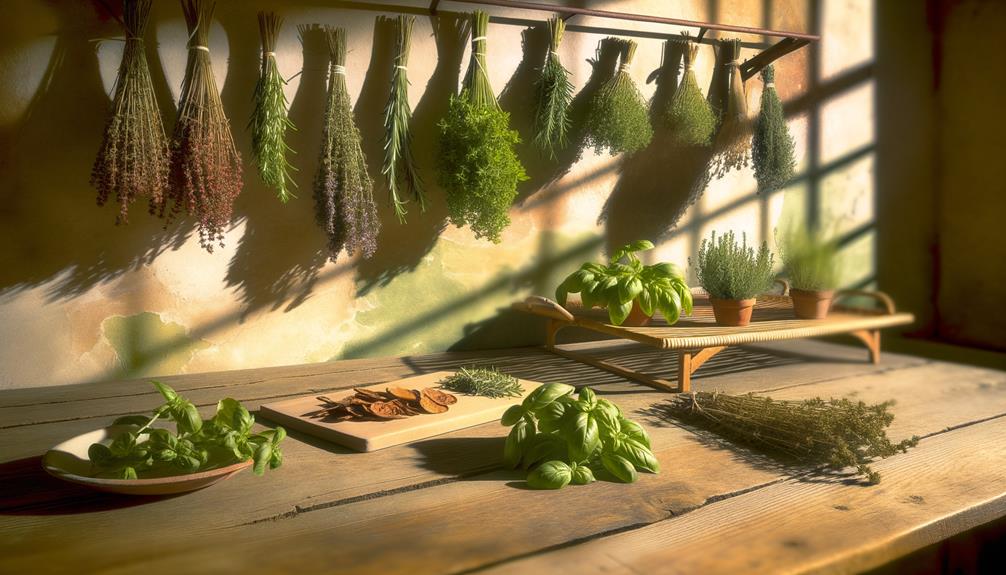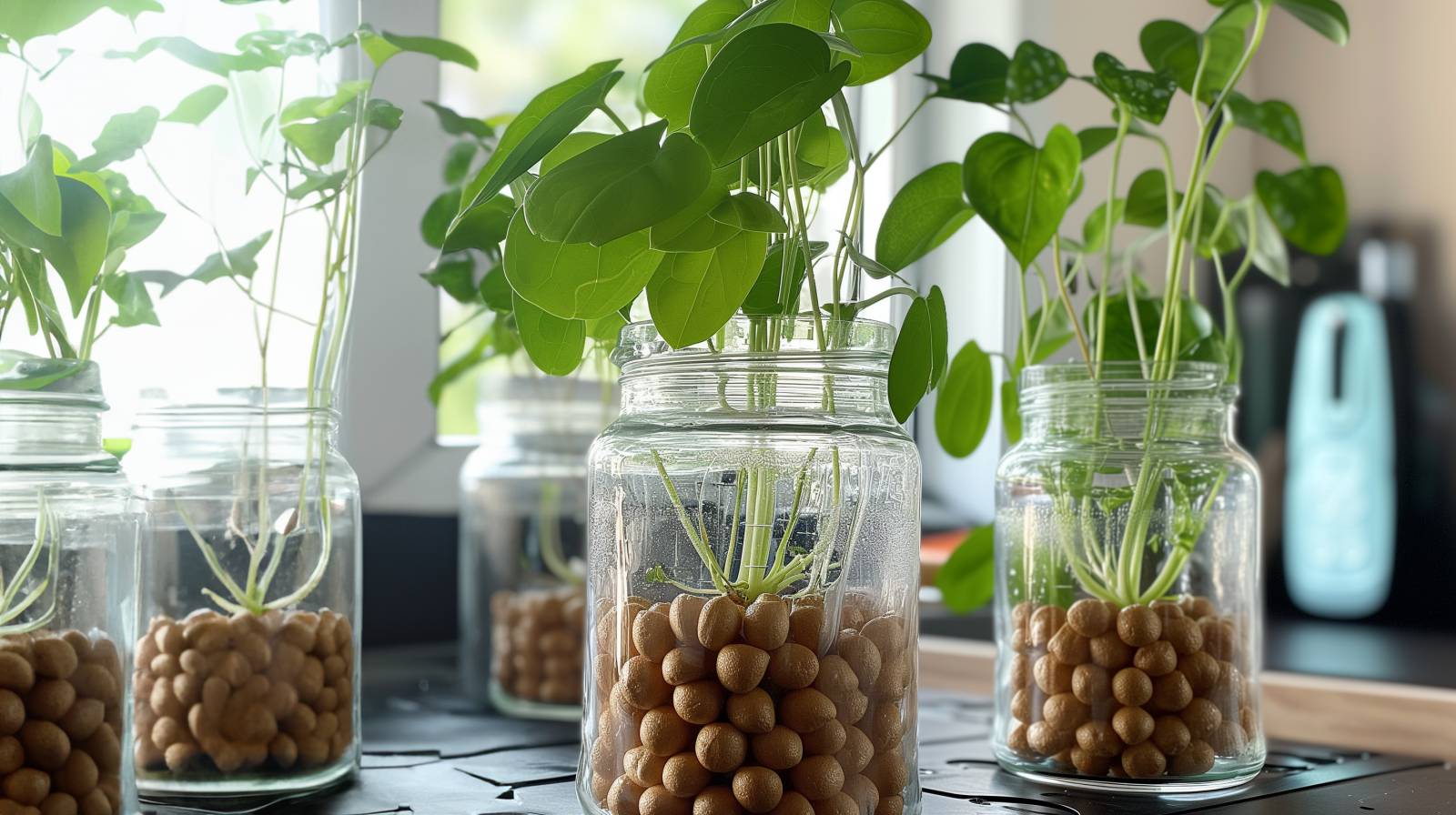Vermicomposting is a magical and eco-friendly way to transform your kitchen and garden waste into nutrient-rich soil right in your own backyard. By harnessing the power of earthworms, you can turn organic waste into valuable worm castings, also known as black gold, that will nourish your plants and promote healthy growth. Not only does vermicomposting reduce waste and landfill pollution, but it also benefits the environment by reducing methane emissions.
Table of Contents
Toggle- Vermicomposting uses earthworms to break down organic waste into nutrient-rich worm castings.
- It is an environmentally-friendly way to reduce waste and divert it from landfills.
- Vermicompost is a powerful soil amendment that enhances soil fertility and plant growth.
- Using a vermicomposter in your garden is easy and cost-effective.
- By practicing vermicomposting, you can contribute to sustainability and create a thriving garden ecosystem.
What is Vermicomposting?
Vermicomposting, also known as worm composting, is the process of using earthworms in a specially designed bin, known as a worm bin or worm composter, to break down organic waste into nutrient-rich compost. It is a natural and environmentally-friendly way to recycle kitchen scraps and yard waste while producing a valuable soil amendment. Vermicomposting harnesses the power of earthworms to transform organic matter into a nutrient-rich material called worm castings.
Worm castings, also known as vermicompost or black gold, are rich in beneficial microbes and essential nutrients that promote plant growth and improve soil health. The process involves creating a suitable environment for the worms to thrive, providing them with a balanced diet of organic waste, and maintaining optimal moisture and temperature levels in the worm bin.
By utilizing vermicomposting, you can reduce the amount of organic waste that ends up in landfills, thus minimizing methane emissions and contributing to a more sustainable environment. Additionally, vermicompost improves soil structure and fertility, enhances plant nutrient uptake, and increases the overall health and productivity of your garden.
Benefits of Vermicomposting:
| Benefit | Description |
|---|---|
| Reduces food waste | Vermicomposting diverts organic waste from landfills and utilizes it to create nutrient-rich compost. |
| Improves soil health | Worm castings enhance soil structure, fertility, and moisture retention, resulting in healthier plants and increased yields. |
| Reduces the need for chemical fertilizers | The nutrient-rich vermicompost provides plants with essential nutrients, reducing the reliance on synthetic fertilizers. |
| Reduces greenhouse gas emissions | By diverting organic waste from landfills, vermicomposting helps reduce methane emissions, a potent greenhouse gas. |
| Encourages beneficial soil microbes | Vermicompost is teeming with beneficial bacteria and microorganisms that support healthy soil ecosystems. |
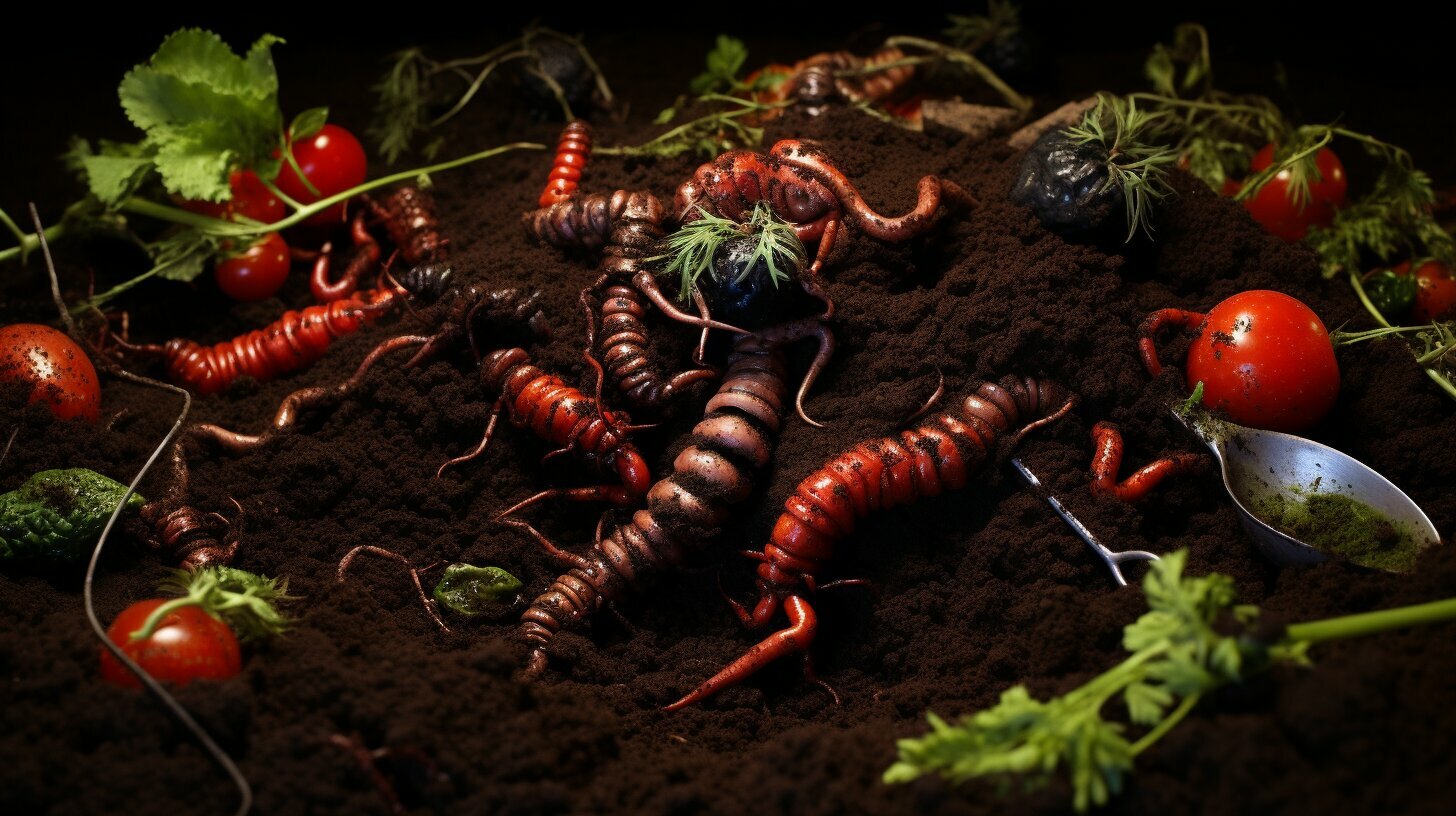
Vermicomposting is a simple and rewarding practice that can be done in your backyard or even indoors. It is an excellent way to reduce waste, nourish your plants, and contribute to a healthier planet. Whether you have a small garden or a large-scale operation, vermicomposting can enhance the health of your soil and the productivity of your plants.
The Benefits of Vermicomposting
Vermicomposting offers numerous benefits, such as producing nutrient-rich worm castings, creating finished compost faster, and utilizing composting worms to break down organic waste more efficiently. It is a sustainable and eco-friendly way to convert kitchen scraps and organic waste into valuable soil amendments.
One of the key benefits of vermicomposting is the production of nutrient-rich worm castings. Worm castings, also known as worm compost or black gold, are a powerful natural fertilizer. They contain essential plant nutrients like nitrogen, phosphorus, and potassium, as well as beneficial microbes that improve soil health. Adding worm castings to your garden will enhance plant growth, increase yields, and improve soil structure.
Compared to traditional composting methods, vermicomposting also creates finished compost faster. The presence of composting worms, such as red wigglers, accelerates the decomposition process. These worms consume organic waste and break it down into smaller particles, making them easier and faster to decompose. The resulting compost is rich in nutrients and ready to be used in your garden.
The Benefits of Vermicomposting
Utilizing composting worms is crucial for efficient organic waste decomposition. These worms have a voracious appetite and can consume a significant amount of organic waste daily. They break down the waste into nutrient-rich worm castings and help to control pests and diseases in the process. Vermicomposting is a natural and sustainable way to manage organic waste while improving soil fertility.
| Benefits of Vermicomposting |
|---|
| Produces nutrient-rich worm castings |
| Creates finished compost faster |
| Utilizes composting worms efficiently |
| Reduces the amount of organic waste sent to landfills |
| Improves soil structure and fertility |
| Enhances plant growth and yields |
Overall, vermicomposting is an excellent way to reduce waste, improve soil health, and create a sustainable gardening practice. By harnessing the power of composting worms, you can transform organic waste into valuable resources for your garden. Experience the magic of a vermicomposter in your own garden and reap the benefits of nutrient-rich worm castings and faster composting.

How Vermicomposting Works
Vermicomposting works by creating a suitable habitat for worms in a worm farm or worm bins, where they consume organic waste and turn it into nutrient-rich compost. With the help of these diligent little workers, your garden can benefit from the magic of vermicomposting.
The process begins by providing a home for the worms in a worm farm or worm bins. These containers, also known as wormeries, are typically made from plastic or wood and have multiple levels where the worms can live and eat. The worms eat a variety of organic waste, including fruit and vegetable scraps, coffee grounds, tea bags, and shredded paper. This waste is their food source, and they break it down using their strong digestive system.
As the worms consume the organic waste, they excrete nutrient-rich worm castings, also known as vermicompost. This is a natural fertilizer that is packed with beneficial microbes and nutrients. The vermicompost can be used to improve the soil in your garden, providing plants with essential nutrients for optimal growth. It also helps retain moisture in the soil, reduces the need for chemical fertilizers, and promotes a healthy ecosystem underground.
| Benefits of Vermicomposting | How It Works |
|---|---|
| Diverts organic waste from landfills | Worms consume organic waste |
| Creates valuable nutrient-rich compost | Worms excrete nutrient-rich worm castings |
| Improves soil fertility and structure | Vermicompost is used to enrich garden soil |
| Reduces the need for chemical fertilizers | Vermicompost provides essential nutrients for plants |
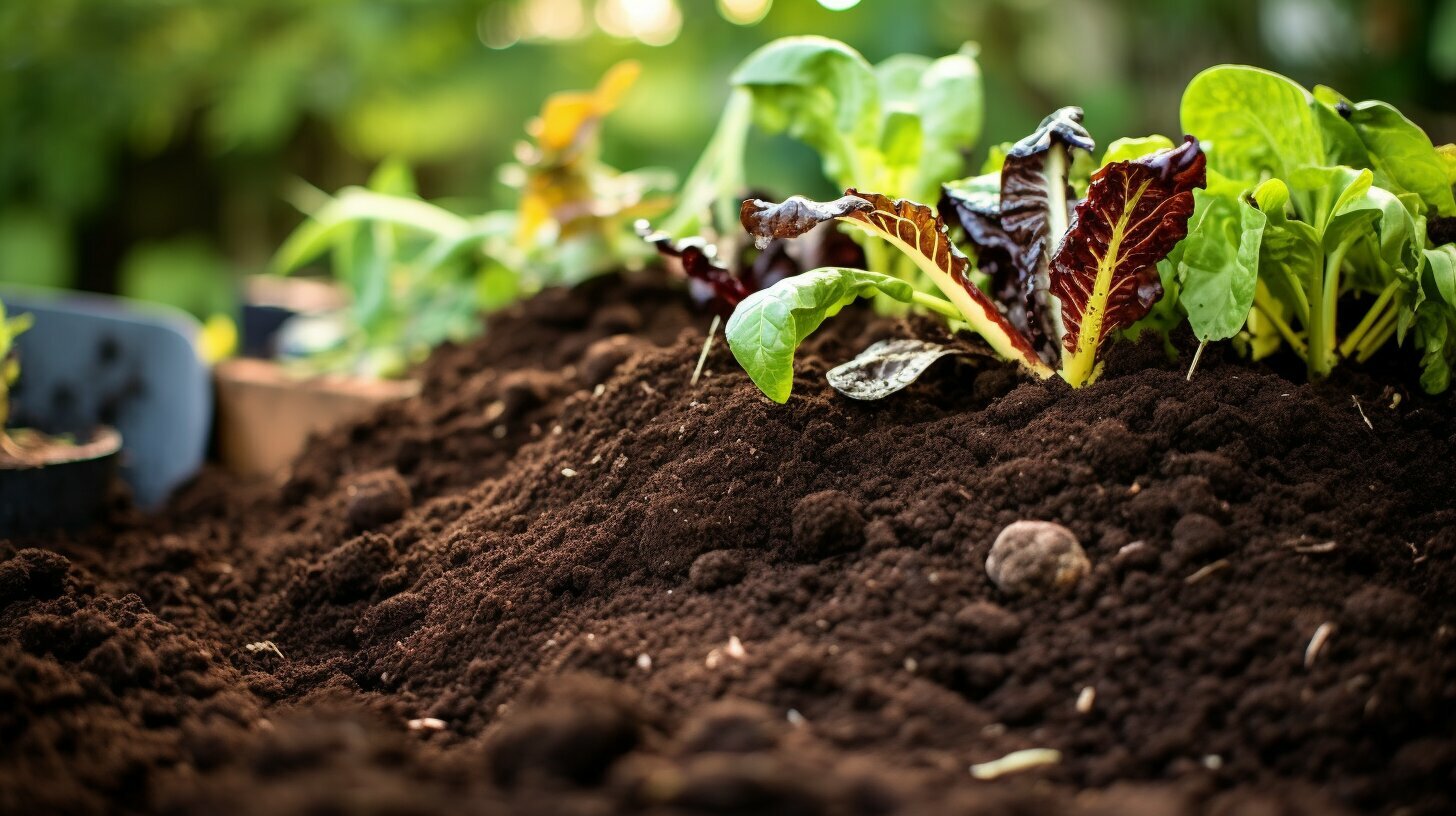
- Ensure your worm farm or worm bins are well-ventilated to maintain optimal airflow.
- Avoid overfeeding the worms. It’s better to start with smaller amounts of organic waste and gradually increase as the worms multiply.
- Monitor the moisture level in the worm farm or bins. The bedding should be moist, but not soggy. If it’s too dry, mist it with water. If it’s too wet, add dry organic material like shredded paper or cardboard.
- Regularly stir or fluff the contents of the worm farm to prevent compaction and improve aeration.
- Harvest the worm castings regularly to prevent overcrowding and maintain a healthy worm population.
By following these simple guidelines and providing the right conditions, you can harness the power of vermicomposting to create a thriving garden ecosystem and reduce waste. Embrace the magic of a vermicomposter in your own garden and contribute to a more sustainable future.
Setting Up a Vermicomposting System
Setting up a vermicomposting system is easy, whether you choose a worm composting bin for indoor use or a larger worm compost bin for outdoor use. Both options offer a convenient way to recycle your organic waste and produce nutrient-rich vermicompost for your garden.
If you prefer indoor vermicomposting, an indoor worm bin is an excellent choice. These compact bins can be placed in your kitchen or utility area, allowing you to conveniently dispose of plant-based kitchen waste. Simply add your kitchen scraps, such as fruit and vegetable peelings, coffee grounds, and tea bags, to the bin, along with some moist bedding made from shredded newspaper or cardboard. The worms will quickly get to work, breaking down the waste and producing valuable worm castings.
For those with more outdoor space, a larger worm compost bin is a great option. These bins can accommodate larger quantities of waste and provide an ideal environment for the worms to thrive. When setting up an outdoor vermicomposting system, choose a shady spot that is protected from extreme weather conditions. Dig a small trench, place the worm bin inside, and cover it with a layer of soil. This will help regulate temperature and moisture levels, creating an optimal environment for the worms.
| Indoor Worm Compost Bin | Outdoor Worm Compost Bin |
|---|---|
| Compact and suitable for small spaces | Can accommodate larger quantities of waste |
| Easily accessible for adding kitchen scraps | Requires a designated outdoor space |
| Produces smaller amounts of vermicompost | Can produce larger quantities of vermicompost |
| Requires regular moisture monitoring | May require occasional watering during dry periods |
Whichever type of worm composting bin you choose, it’s important to establish a healthy worm colony. Start with a handful of red wigglers, also known as compost worms, and ensure that they have a comfortable and nutritious environment. Maintain a balanced carbon-to-nitrogen ratio in the bin by adding equal amounts of green waste (such as fresh fruit and vegetable scraps) and brown waste (such as dry leaves and shredded paper). This balance will provide the worms with the necessary food and bedding to thrive.
Remember to monitor the moisture levels in your worm composting bin regularly. The bedding should be kept damp, similar to a wrung-out sponge. If it feels too dry, add a little water, and if it feels too wet, add some dry bedding material to absorb the excess moisture. This will help create an optimal environment for the worms and ensure the success of your vermicomposting system.
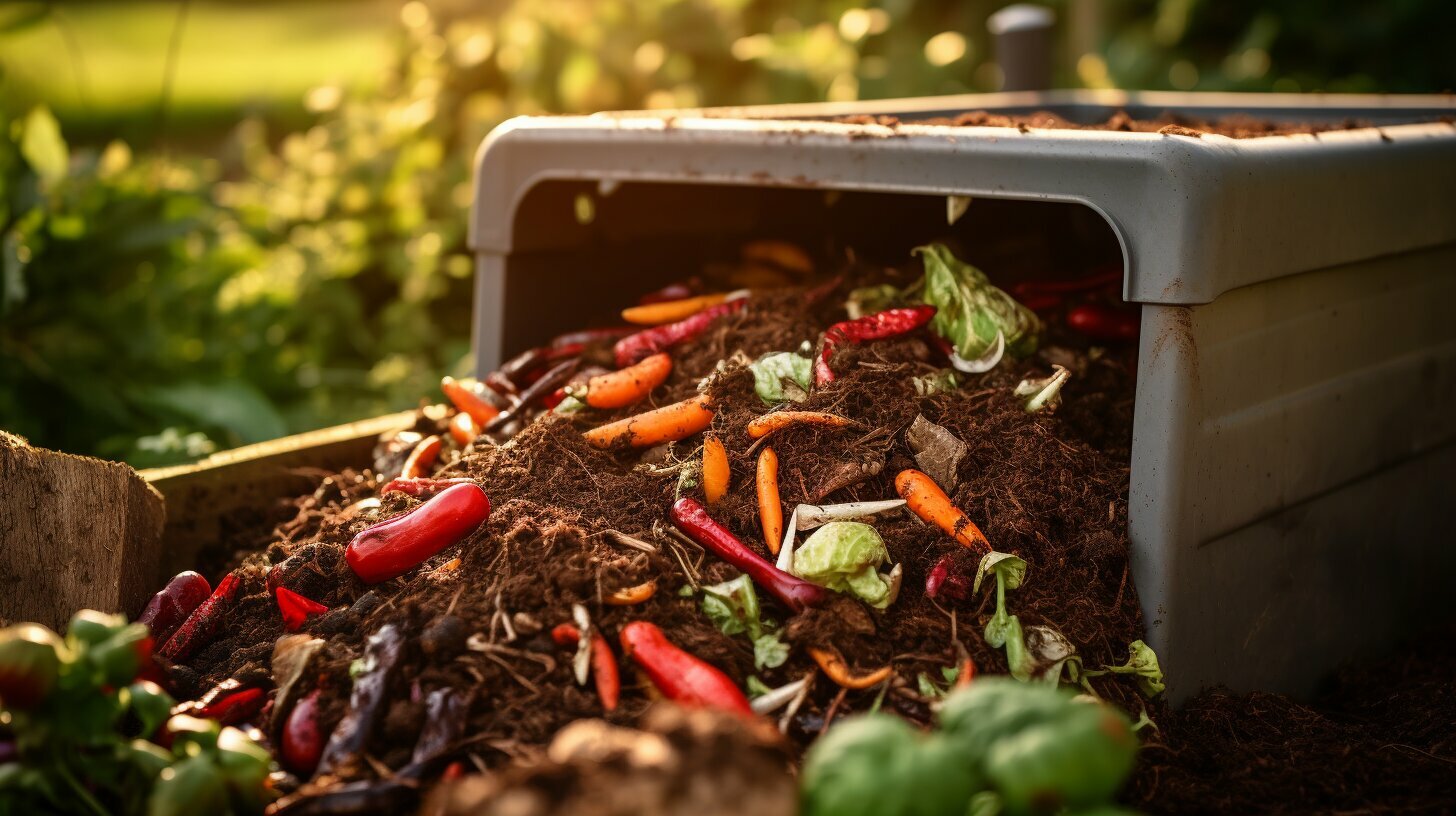
- Setting up a vermicomposting system is easy with either an indoor or outdoor worm compost bin.
- Indoor worm bins are compact and suitable for small spaces, while outdoor bins can accommodate larger quantities of waste.
- Establish a healthy worm colony by starting with red wigglers and maintaining a balanced carbon-to-nitrogen ratio.
- Regularly monitor moisture levels in the bin to ensure a comfortable environment for the worms.
Table – Indoor vs. Outdoor Worm Compost Bins
| Indoor Worm Compost Bin | Outdoor Worm Compost Bin |
|---|---|
| Compact and suitable for small spaces | Can accommodate larger quantities of waste |
| Easily accessible for adding kitchen scraps | Requires a designated outdoor space |
| Produces smaller amounts of vermicompost | Can produce larger quantities of vermicompost |
| Requires regular moisture monitoring | May require occasional watering during dry periods |
Choosing the Right Worms for Vermicomposting
When it comes to vermicomposting, red wigglers are the ideal worms to use due to their ability to rapidly consume organic waste and thrive in worm bins. They are highly efficient in breaking down kitchen scraps, coffee grounds, tea bags, and other plant-based waste, making them the perfect compost worms.
Red wigglers, also known as Eisenia fetida, are epigeic earthworms that live close to the soil surface. They are voracious eaters, capable of consuming half their body weight in organic matter each day. Their rapid feeding habits make them highly effective in turning your kitchen waste into nutrient-rich worm castings or vermicompost.

| Advantages of Red Wigglers for Vermicomposting |
|---|
| 1. Efficient waste processors: Red wigglers can consume a wide range of organic materials, including fruit and vegetable scraps, coffee grounds, tea bags, and shredded paper. |
| 2. Proactive breeders: These worms have a rapid reproductive rate, allowing their population to grow quickly in a vermicomposting system. |
| 3. Ideal temperature range: Red wigglers thrive in temperatures between 55°F and 77°F (13°C and 25°C), which makes them well-suited for indoor and outdoor vermicomposting. |
| 4. Tolerance to various conditions: They can adapt to a wide range of pH levels and moisture conditions, making them resilient and easy to maintain in a worm bin. |
In summary, red wigglers are the go-to worms for vermicomposting due to their exceptional ability to rapidly consume organic waste and reproduce, along with their adaptability to different environmental conditions. By introducing a healthy population of red wigglers into your worm bin, you can efficiently convert your kitchen scraps into nutrient-rich vermicompost, promoting the growth and vitality of your garden.
Maintaining Your Vermicomposting System
To ensure the success of your vermicomposting system, it’s important to regularly maintain the worm bedding, control moisture levels, and protect the worms from predators with a worm saver. Proper maintenance will create an optimum environment for the worms to thrive and produce nutrient-rich vermicompost.
Start by checking the worm bedding regularly to maintain the right moisture level. Worms require a moist environment, but not too wet, as excess moisture can lead to anaerobic conditions and the growth of harmful bacteria. If the bedding feels dry, sprinkle it with water using a spray bottle. On the other hand, if it’s too wet, add shredded paper or dry leaves to absorb the excess moisture.
Another important aspect of maintenance is protecting the worms from predators. Worms can be vulnerable to pests like fruit flies and slugs, which can disrupt your vermicomposting system. Using a worm saver, such as a fine mesh cover or a piece of burlap, can help keep these unwanted visitors at bay.
| Worm Bedding Maintenance Tips | Moisture Control Tips |
|---|---|
|
|
By following these maintenance tips, you’ll create a healthy and thriving vermicomposting system. Remember to keep an eye on the worm bedding, moisture levels, and potential predators to ensure the success of your vermicomposting adventure. Happy composting!

Harvesting and Using Vermicompost
Harvesting worm castings from your vermicomposter is a rewarding process that allows you to utilize the nutrient-rich compost in your garden to promote plant growth and improve soil fertility. Vermicompost, also known as worm castings or black gold, is a valuable soil amendment that is packed with beneficial microbes and essential nutrients. The best part is, it’s easy to harvest and use!
When your worm bin is filled with dark, crumbly vermicompost, it’s time to harvest. There are a few methods you can use to separate the worm castings from the worms. One popular technique is called the “light harvesting method.” Simply place a bright light source, such as a lamp, above a pile of vermicompost. The worms will naturally move away from the light and burrow deeper into the compost, allowing you to easily collect the castings from the top.
Another method is to create “composting trenches” in your garden. Simply dig a trench in your planting area and add a layer of vermicompost. As you plant your seeds or seedlings, cover them with a thin layer of soil. The worms will naturally migrate to the new food source, leaving behind their castings in the trench. This method not only enriches the soil but also provides a direct source of nutrients for your plants.
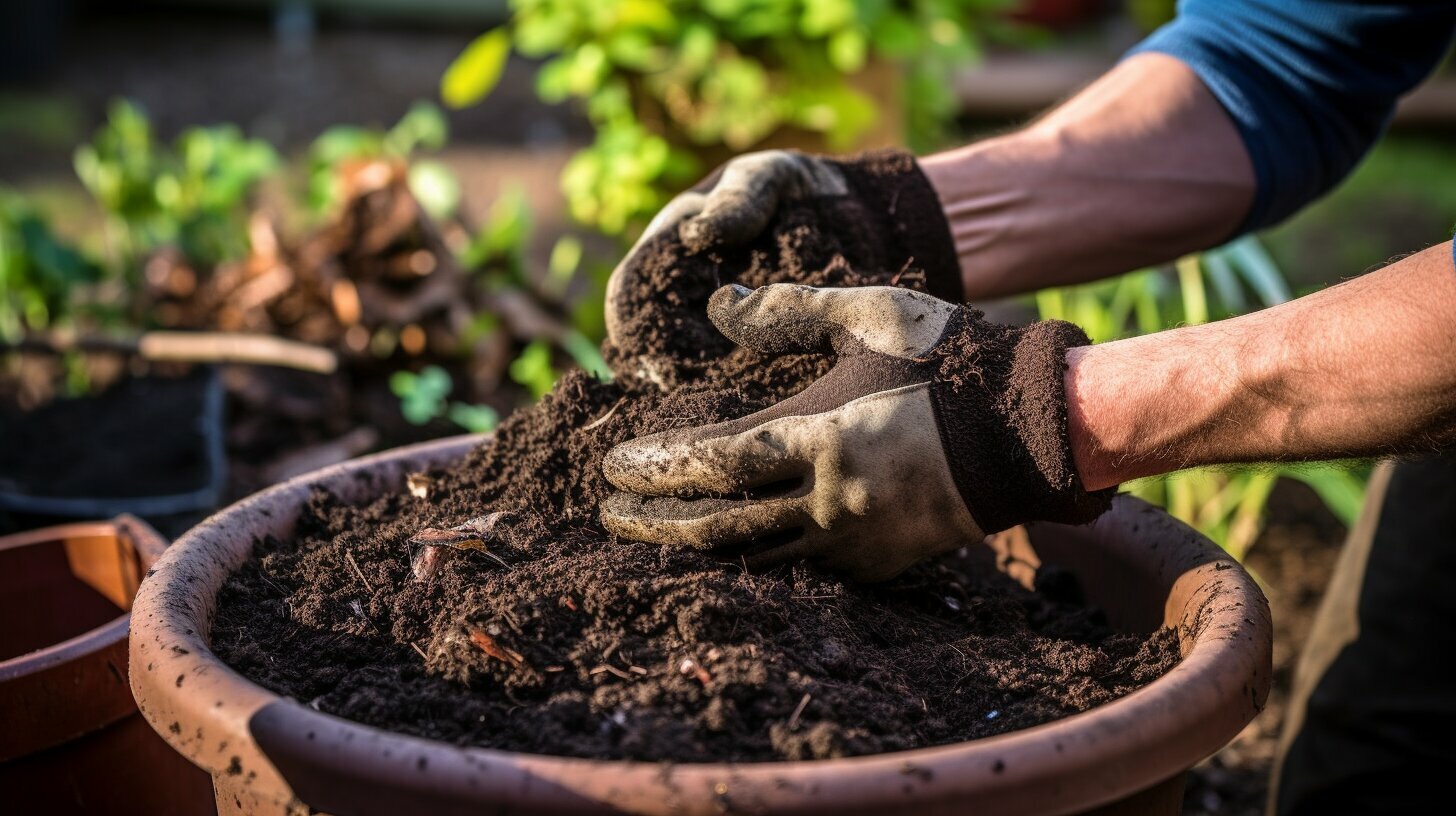
| Benefits of Harvesting Worm Castings | How to Use Vermicompost |
|---|---|
|
|
Maximizing the Benefits
To maximize the benefits of vermicompost, it’s important to apply it properly to your garden. Start by mixing vermicompost into your potting soil or garden beds. The recommended ratio is about 25% vermicompost to 75% soil. This will improve soil structure and water retention, while providing a steady release of nutrients to your plants.
You can also top-dress established plants with a thin layer of vermicompost. This helps retain moisture, suppresses weeds, and adds beneficial microbes to the soil surface. Additionally, brewing vermicompost tea is a great way to create a liquid fertilizer for foliar feeding. Simply steep a handful of vermicompost in water for 24-48 hours, strain out the solids, and apply the tea directly to the leaves of your plants.
Vermicompost can also be used as a component in homemade seed starting mixes. Its fine texture and nutrient content provide an ideal environment for seedlings to thrive. Lastly, if you have a compost pile, adding vermicompost can accelerate the decomposition process, turning your regular compost into nutrient-rich humus even faster.
Now that you know how to harvest and use vermicompost, you can unlock the magic of this incredible soil amendment. By harnessing the power of worms and their castings, you’ll see your garden flourish with vibrant, healthy plants, and you’ll feel good knowing you’re making a positive impact on the environment. So grab your harvest tools and get ready to reap the rewards!
The Difference Between Vermicompost and Regular Compost
While regular compost is a valuable soil amendment, vermicompost offers additional benefits such as higher cation exchange capacity and increased microbial activity. Vermicompost, also known as worm castings or black gold, is produced through the process of vermicomposting, which involves using earthworms to break down organic waste. This process creates a nutrient-rich soil amendment that is highly beneficial for plants and soil health.
Vermicompost has a higher cation exchange capacity than regular compost, meaning it has a greater ability to attract and retain positively charged ions, such as essential plant nutrients. This allows the soil to release nutrients more efficiently to plants, promoting their growth and overall health.
In addition to its nutrient-rich composition, vermicompost also contains a diverse range of beneficial microbes. These microbes contribute to increased soil biodiversity and enhance nutrient cycling, leading to improved soil structure and fertility. The presence of these microbes in vermicompost can help suppress harmful pathogens and pests, further benefiting plant health.
Overall, vermicompost provides a more concentrated and potent source of nutrients and microbial activity compared to regular compost. It is a valuable addition to any garden or agricultural setting, offering numerous benefits for plant growth, soil health, and ecosystem sustainability.

| Vermicompost | Regular Compost |
|---|---|
| Higher cation exchange capacity | Lower cation exchange capacity |
| Increased microbial activity | General microbial activity |
| Concentrated nutrients | Diluted nutrients |
| Enhanced soil structure | Improved soil structure |
Vermicomposting and Sustainability
Vermicomposting is a sustainable solution to the problem of organic waste, diverting food waste from landfills and reducing methane emissions, a significant contributor to climate change. By using earthworms to break down kitchen scraps and other organic materials, vermicomposting not only helps to reduce waste but also creates a valuable resource for your garden. It’s a win-win situation for both the environment and your plants.
When food waste ends up in landfills, it decomposes anaerobically, producing methane gas, which is a potent greenhouse gas. Vermicomposting, on the other hand, allows food waste to be broken down aerobically by worms, resulting in the production of nutrient-rich worm castings. These castings are packed with beneficial microbes and nutrients that can improve soil fertility and enhance plant growth. By diverting food waste to a worm bin, you can significantly reduce your carbon footprint and contribute to a healthier planet.
Setting up a vermicomposting system is relatively simple and can be done in your own backyard or even indoors. All you need is a suitable worm bin, bedding material such as shredded newspaper or cardboard, and a supply of red wiggler worms. These worms are particularly well-suited for vermicomposting, as they thrive in the decomposing organic matter and produce copious amounts of castings. With the right conditions and care, your worm colony will multiply and continue to generate nutrient-rich vermicompost for your garden.
| Benefits of Vermicomposting | How to Get Started with Vermicomposting |
|---|---|
|
|
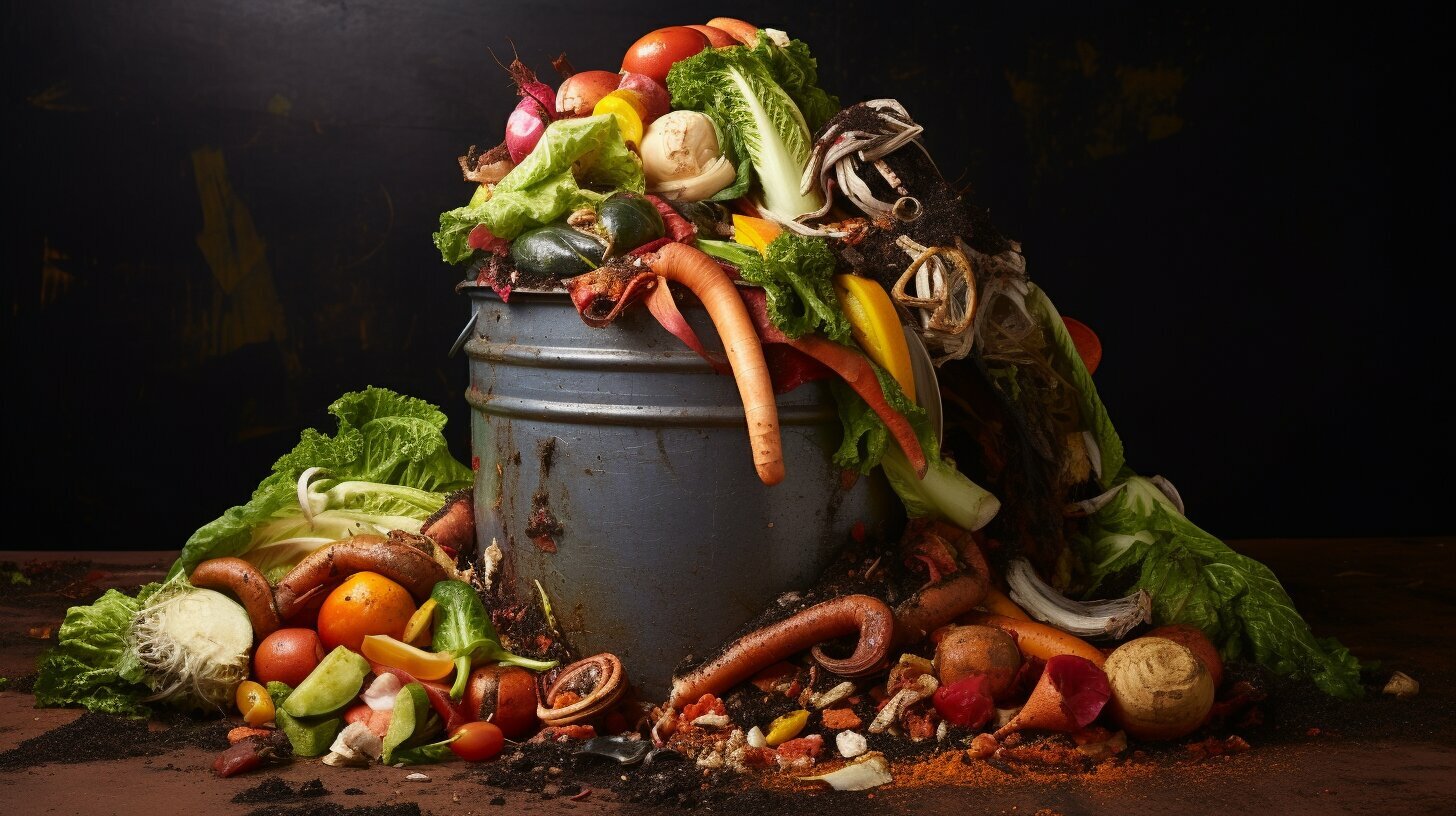
Vermicomposting not only provides a sustainable solution to the problem of organic waste but also brings numerous benefits to your garden. The nutrient-rich vermicompost improves soil fertility, enhances plant growth, and increases the resilience of your plants to pests and diseases. Additionally, vermicomposting is a cost-effective and environmentally-friendly alternative to chemical fertilizers.
So why not join the growing number of gardeners who have discovered the magic of vermiculture? By implementing a vermicomposting system in your own garden, you can make a positive impact on the environment while enjoying the many benefits of nutrient-rich worm castings. It’s time to turn your organic waste into black gold and create a thriving, sustainable garden!
Expert Insights into Vermicomposting
Rhonda Sherman, an expert in vermicomposting, has been instrumental in popularizing the technique and educating people about its benefits. With her extensive knowledge and experience, she has helped countless individuals implement successful vermicomposting systems in their gardens.
Vermicomposting is an environmentally-friendly solution to the problem of food waste, which is a major contributor to climate change. By keeping food waste out of landfills and diverting it to a worm bin, you can reduce methane emissions and create valuable vermicompost. Rhonda Sherman emphasizes the importance of using plant-based kitchen waste as food for the worms and creating a balanced carbon-to-nitrogen ratio in the worm bin.
Key Insights from Rhonda Sherman:
- Choose the right worms: Red wigglers, also known as compost worms, are the ideal species for vermicomposting due to their ability to consume large amounts of organic waste and thrive in a controlled environment.
- Provide proper bedding: Shredded newspaper or cardboard make excellent bedding material for the worms. It’s important to keep the bedding moist to create a suitable habitat for the worms.
- Maintain a healthy worm bin: Regularly monitor the moisture levels and temperature of the worm bin to ensure optimal conditions for the worms. Avoid overfeeding the worms and make adjustments as needed.
- Harvest worm castings: Once the worms have processed the organic waste, you can harvest the nutrient-rich worm castings. This can be done by separating the worms from the castings using various methods, such as the light harvesting method or using a worm harvester.
Through her expertise and guidance, Rhonda Sherman has shown individuals how to transform their organic waste into a valuable resource for their gardens. Vermicomposting is a sustainable and cost-effective way to improve soil fertility and reduce waste. It’s a magical process that brings life and vitality to your garden. So why not give vermicomposting a try and discover the magic of a vermicomposter in your own garden?

While vermicomposting is generally straightforward, some common issues like fruit flies or maintaining a maze worm farm composter may arise. Here are some solutions to help you troubleshoot these problems.
1. Fruit flies: Fruit flies can be a nuisance in your worm bin, but there are simple ways to get rid of them. First, ensure that you don’t overfeed your worms, as excess food can attract fruit flies. Secondly, cover your worm bin with a breathable lid or a layer of fine mesh to prevent fruit flies from entering. If fruit flies are already present, you can trap them by placing a small dish of apple cider vinegar mixed with a few drops of dish soap near the bin. The sweet scent will attract the flies, and the soap will trap them.
2. Maintaining a maze worm farm composter: Maze worm farm composters are a popular choice for vermicomposting, but they require proper maintenance. One common issue is the buildup of excess moisture, which can lead to odor or worms trying to escape. To prevent this, make sure your composting material is balanced with the right amount of moisture. If it becomes too wet, add dry bedding material like shredded newspaper or cardboard to absorb the excess moisture. On the other hand, if your maze worm farm composter becomes too dry, spray it with water to increase the moisture level.
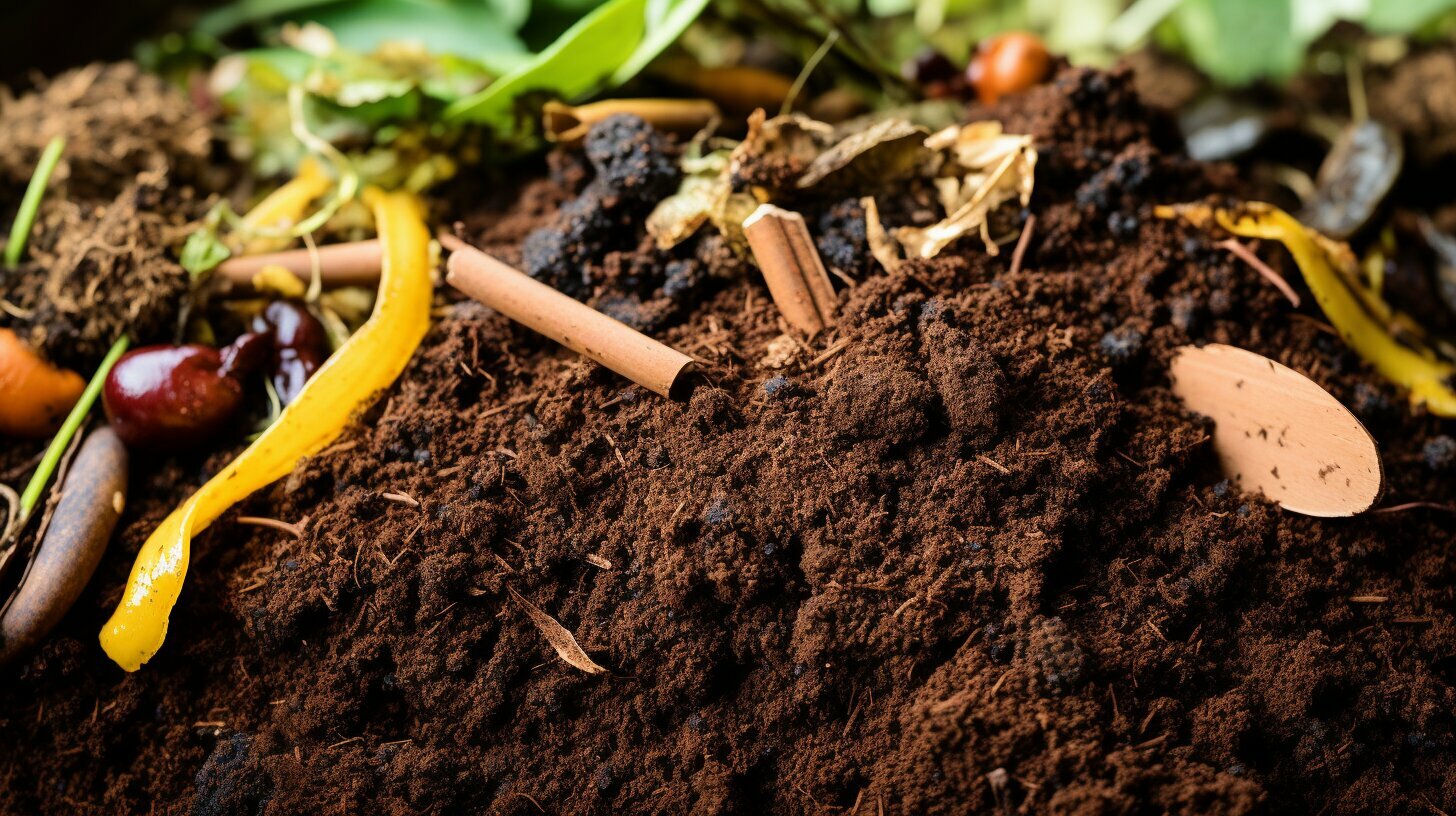
3. Worm tea: Worm tea, also known as worm leachate, is a liquid byproduct of vermicomposting that is rich in nutrients. However, if the tea smells bad, it may indicate anaerobic conditions or the presence of harmful bacteria. To prevent this, ensure proper aeration in your worm bin by adding more shredded newspaper or cardboard. If the odor persists, stop collecting the worm tea and focus on adjusting the conditions in your worm bin, such as balancing moisture and providing adequate airflow. You can resume collecting worm tea once the issue is resolved.
| Issue | Solution |
|---|---|
| Fruit flies | Don’t overfeed worms, cover the bin, trap with apple cider vinegar and dish soap |
| Maintaining a maze worm farm composter | Balance moisture, add dry bedding material, or spray with water |
| Worm tea | Ensure proper aeration, adjust conditions, and stop collecting if odor persists |
By addressing these common issues, you can ensure a successful vermicomposting experience. Remember to monitor your worm bin regularly, provide the right conditions for your worms, and make adjustments as needed. With a little troubleshooting, you’ll be able to maintain a thriving vermicomposting system and enjoy the benefits of nutrient-rich worm castings.
Tips for Successful Vermicomposting
Follow these tips for successful vermicomposting, including choosing the best worm composters for your needs and using coffee grounds and tea bags as beneficial additions to your compost. When it comes to worm composters, there are several options available, so it’s important to select the one that suits your space and lifestyle. The Urban Worm Bag is a popular choice for vermicomposting, as it offers a large capacity and is designed for easy maintenance. It’s also a great option for urban dwellers who may have limited outdoor space.
Incorporating coffee grounds and tea bags into your vermicompost can provide additional benefits. Coffee grounds add nitrogen to the compost, which helps with decomposition, while tea bags add organic matter and trace minerals. Just be sure to remove any staples or tags from the tea bags before adding them to the worm bin.
| Key Tips for Successful Vermicomposting: |
|---|
| Choose the best worm composters for your needs. Consider factors such as capacity, maintenance requirements, and available space. |
| Use coffee grounds to add nitrogen and tea bags to add organic matter and trace minerals to your vermicompost. |
| Maintain a balanced carbon-to-nitrogen ratio in your worm bin by adding a mixture of kitchen scraps, shredded paper or cardboard, and dry leaves. |
| Keep the worm bin moist, but not too wet, to create the ideal environment for the worms. |
| Avoid adding meat, dairy, oily foods, and citrus to your worm bin, as these can attract pests or harm the worms. |
| Harvest your worm castings regularly to make room for new compost and prevent overcrowding in the bin. |
By following these tips and incorporating the right worm composters, coffee grounds, and tea bags into your vermicomposting routine, you’ll be well on your way to creating nutrient-rich compost for your garden and reducing waste in an eco-friendly manner.
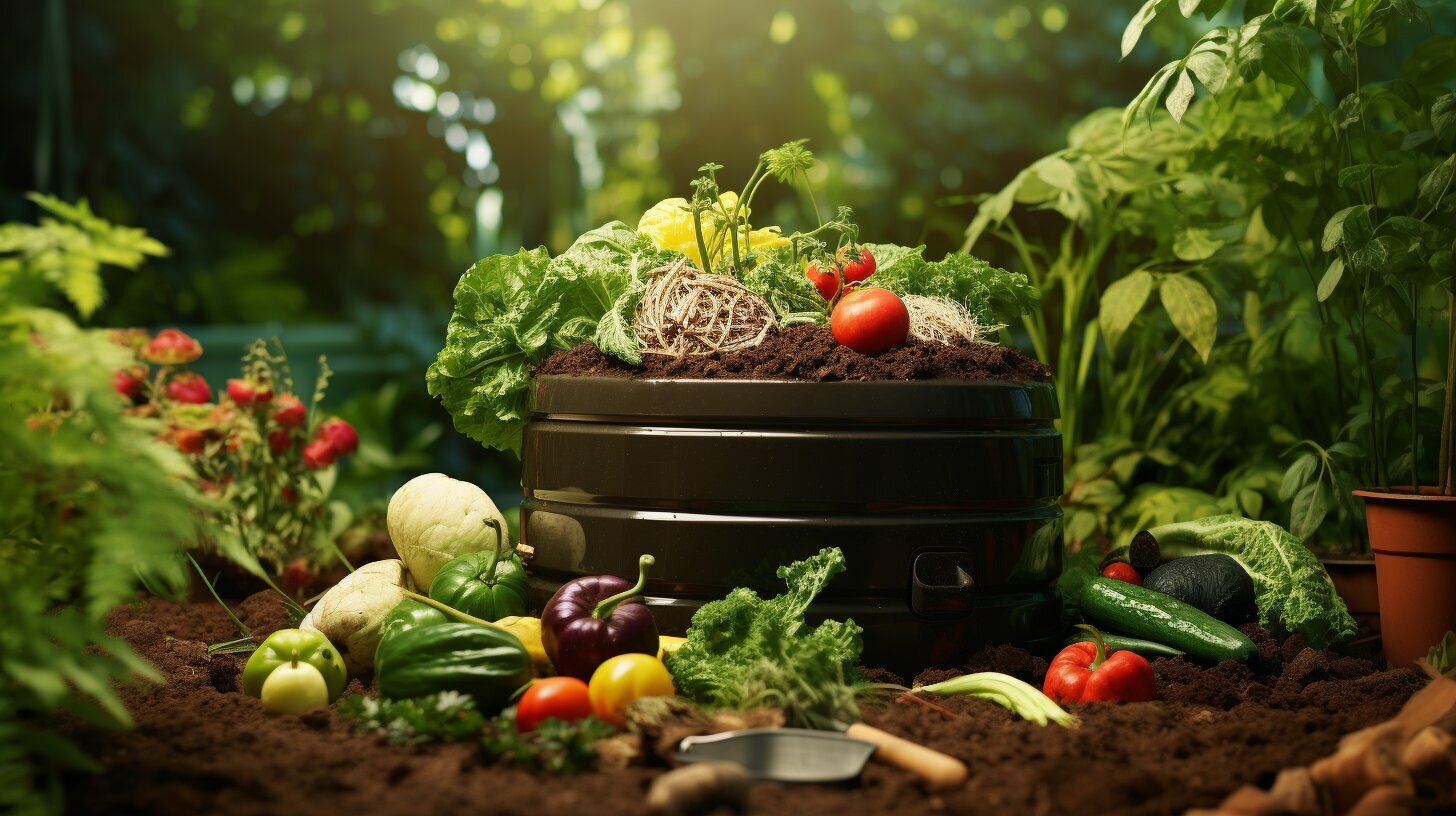
Vermicomposting is a sustainable and cost-effective solution that brings life and vitality to your garden. Embrace the magic of vermicomposting in your own backyard using an urban worm bag and fresh food scraps. With this simple yet powerful practice, you can transform your organic waste into nutrient-rich worm castings, also known as black gold, that will nourish your plants and improve soil fertility.
Rhonda Sherman, a respected expert in vermicomposting, has championed the benefits of this eco-friendly technique, educating people about the environmental advantages and the positive impact it can have on reducing food waste and methane emissions.
Getting started with vermicomposting is easy. All you need is a worm bin, ideally an urban worm bag, to create the perfect environment for your composting worms. Urban worm bags are designed specifically for vermicomposting and provide a convenient and efficient way to manage your organic waste.
Don’t let your kitchen scraps and garden waste go to waste. Instead, let them work their magic in a vermicomposter. By embracing vermicomposting with an urban worm bag and fresh food scraps, you can contribute to a greener future and create a flourishing garden full of life.

